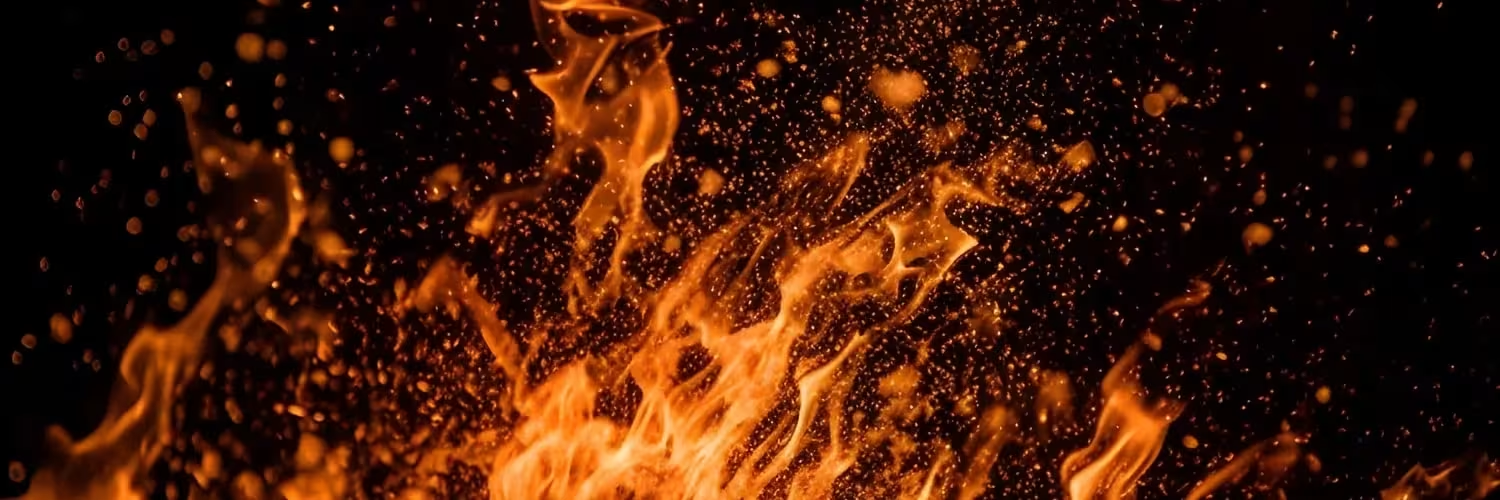FInd concrete contractors near you.
Are you a contractor? Get listed in our directory for free. Get started
Masonry and concrete are related but not the same. What exactly is the difference? In this brief article, we'll explore the difference between these two terms.
What is Concrete?
Concrete is a composite material consisting primarily of cement, water, and aggregates such as sand, gravel, or crushed stone. When these ingredients are mixed together in specific proportions, they form a fluid substance known as concrete. This mixture can be poured into molds or forms to create various shapes and structures. After the concrete is poured, it undergoes a curing process, during which it hardens and gains strength.
Concrete is incredibly versatile and widely used in construction for a variety of applications, including:
- Foundations: Concrete is often used to create sturdy foundations for buildings and structures.
- Slabs and Floors: It's commonly used for constructing floor slabs, pavements, and driveways.
- Walls: Concrete can be used to create walls, either cast in place or with precast panels.
- Structural Elements: It's used in the construction of structural elements such as columns, beams, and retaining walls.
- Decorative Features: With the addition of colorants, textures, or patterns, concrete can also be used for decorative purposes in surfaces like countertops, patios, and pathways.
What is Masonry?
Masonry refers to the construction technique of assembling individual units (such as bricks, stones, or concrete blocks) into a cohesive structure using mortar—a paste made from cement, water, and fine aggregates. Unlike concrete, which is a homogeneous material, masonry involves arranging discrete units to form walls, facades, partitions, and other structures.
Masonry offers several advantages, including durability, fire resistance, and aesthetic appeal. Common types of masonry units include:
- Brick: Fired clay units that come in various sizes, colors, and textures.
- Concrete Block: Preformed units made from concrete, available in different shapes and sizes.
- Stone: Natural or manufactured stone units used for their durability and aesthetic qualities.
Masonry construction can take several forms, including:
- Solid Masonry: Where the entire thickness of the wall is constructed using masonry units.
- Cavity Wall Construction: Utilizing two separate layers of masonry with a cavity (air space) in between for insulation and moisture control.
- Veneer Masonry: Thin layers of masonry units applied to the exterior of a building for aesthetic purposes.
Conclusion
So, is masonry the same as concrete? While concrete is a fundamental material used in construction, masonry is a construction technique that involves assembling individual units with mortar. Concrete can be a component of masonry, but masonry encompasses a broader range of materials and construction methods.
-min.avif)




-min.avif)
